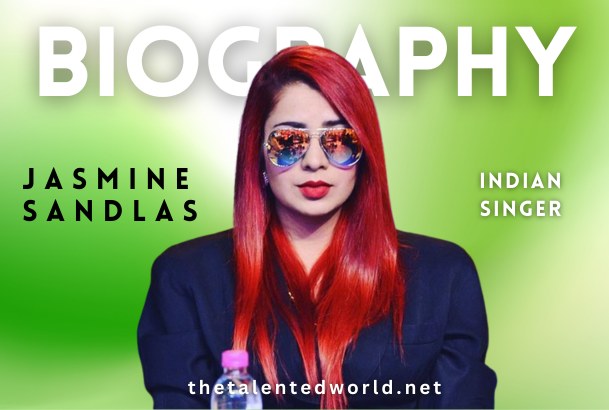| Full Name | John Winston Ono Lennon |
| Date of Birth | October 9, 1940 |
| Place of Birth | Liverpool, England |
| Date of Death | December 8, 1980 (aged 40) |
| Place of Death | New York City, US |
| Cause of Death | Murder |
| Net Worth | $200 million |
| Spouses | Cynthia Powell (m. 1962; div. 1968), Yoko Ono (m. 1969) |
| Partner | May Pang (1973–1975) |
| Children | Julian, Sean |
| Parents | Alfred Lennon (father), Julia Stanley (mother) |
| Relatives | Julia Baird (half-sister), Mimi Smith (aunt) |
| Musical Career | Singer, songwriter, musician |
| Years Active | 1956–1980 |
| Genres | Rock, pop, experimental |
| Instruments | Vocals, guitar, keyboard, harmonica |
| Labels | Parlophone, Capitol, Apple, Geffen, Polydor |
| Formerly of | The Quarrymen, The Beatles, The Dirty Mac, Plastic Ono Band |
| Notable Contributions | Co-founder, co-lead vocalist, and rhythm guitarist of the Beatles; solo career post-Beatles; writing, drawings, and films; involvement in anti-war activism and peace movements |
| Awards | 1981 Grammy Award for Album of the Year (for “Double Fantasy”), Brit Award for Outstanding Contribution to Music, induction into the Songwriters Hall of Fame and Rock and Roll Hall of Fame |
| Recognition | Voted eighth in BBC History poll of the 100 Greatest Britons, ranked fifth-greatest singer and 38th greatest artist of all time by Rolling Stone |






